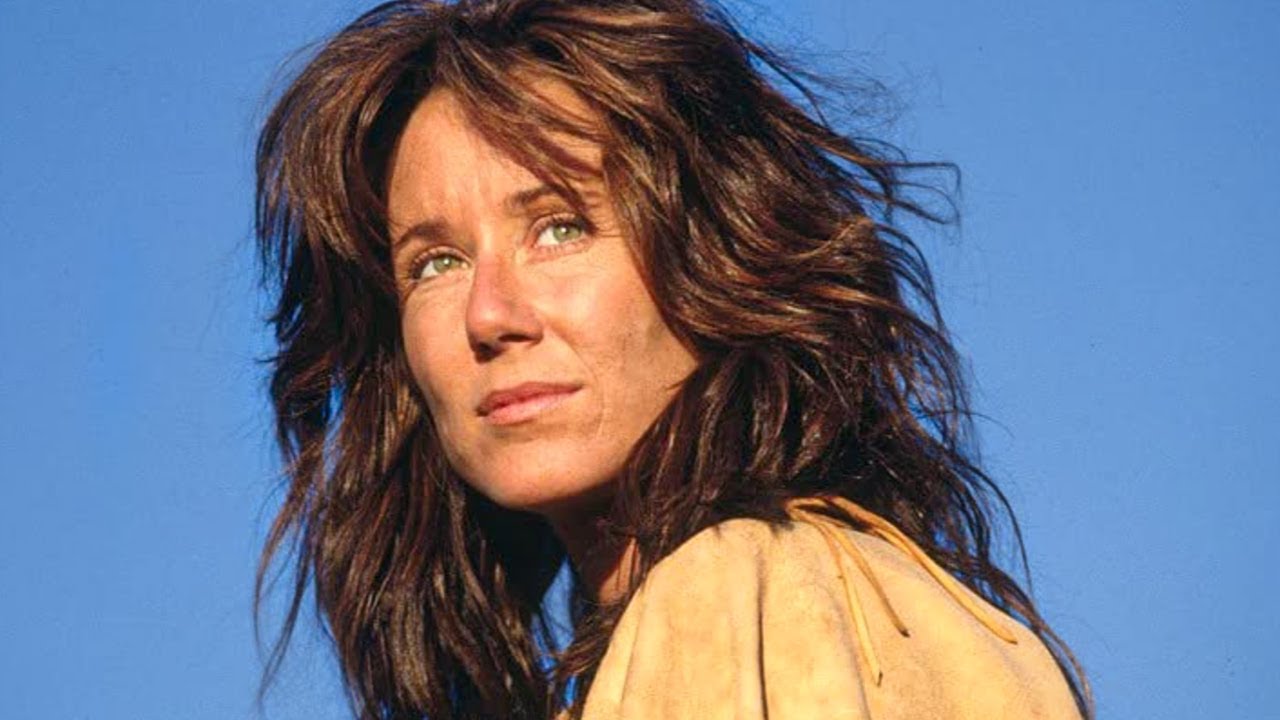The Untold Story Behind “Dances with Wolves”
This year marks the 100th anniversary of the development of motion pictures, a fitting time to revisit the groundbreaking film “Dances with Wolves,” produced by Jim Wilson and Kevin Costner. Released in 1990, the film broke new ground by authentically portraying Native American culture and characters on the big screen. Directed by and starring Kevin Costner, the epic Western tells the story of a white soldier who forms an unlikely bond with the Lakota Sioux tribe. It captivated audiences worldwide with its grand scale, moving narrative, and respectful depiction of indigenous peoples, shattering box office records and earning seven Academy Awards.
The Journey from Script to Screen
Screenwriter Michael Blake was captivated by Native American culture after reading history books about their maltreatment, which laid the groundwork for “Dances with Wolves.” He envisioned a narrative from the Native American perspective and wrote a script for a Western that he was enthusiastic about. In 1983, Blake had a significant break when Kevin Costner, a little-known actor at the time, starred in his first produced script, “Stacy’s Knights.” Although the film did not become famous, it fostered a bond between Blake and Costner.

Costner recognized Blake’s skill and encouraged him to turn his concept into a novel before pitching it as a script. Blake tirelessly worked on the manuscript, completing the novel by 1986. Despite numerous rejections, a small publishing business called Fawcett decided to release it. Costner immediately saw the potential for a film adaptation but faced significant challenges convincing Hollywood studios of its viability. He eventually secured independent funding and a distribution agreement with Orion Pictures, but the budget exceeded expectations, forcing Costner to invest his own money to complete production.
Behind the Scenes Struggles
Despite his initial reluctance, Costner ended up directing the film himself after top directors of the period insisted on making significant changes to the script. This decision led to tensions between Costner and Blake, whose confrontational temperament created friction. However, they managed to set aside their differences and begin production.
Historical and Cultural Authenticity
“Dances with Wolves” features characters inspired by real historical figures. Lieutenant Dunbar, played by Costner, is named after a real-life John Dunbar, a missionary who documented Pawnee history and culture. Stands With a Fist, Dunbar’s love interest, parallels the life of Cynthia Ann Parker, a white woman adopted by the Comanches after her family was killed.

Costner surrounded himself with unknown actors for supporting roles, including many Native Americans with no prior acting experience, to add authenticity. Much of the Sioux conversation in the film is in the nearly extinct Lakota language, taught by Doris Leader Charge. The film’s meticulous attention to cultural accuracy set it apart from previous Westerns.
Continue reading on next page…

